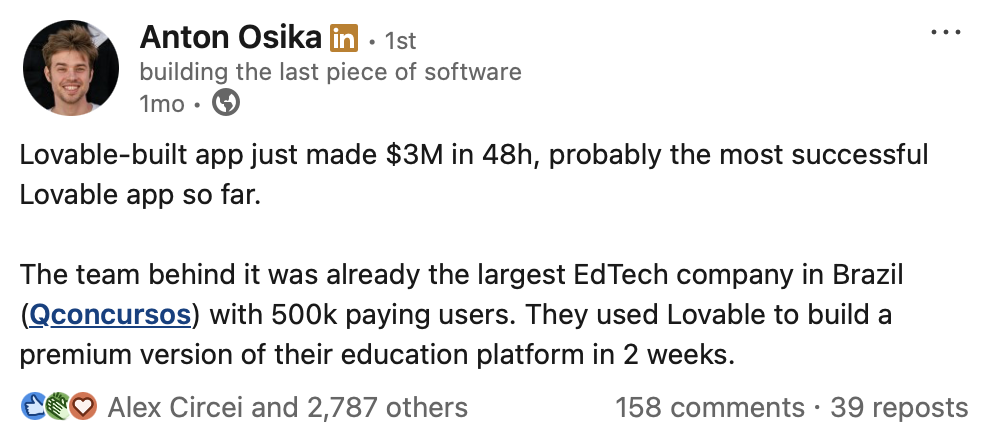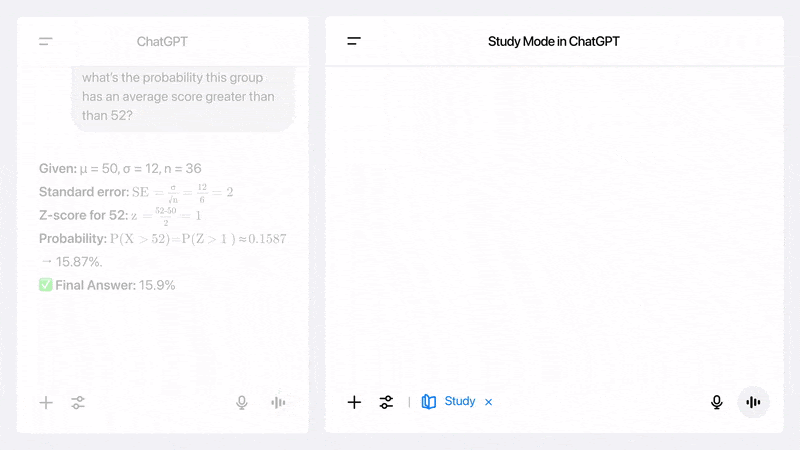Why Low Code Matters for Transformation

Low-code platforms speed up digital transformation by simplifying development, lowering costs, and improving collaboration across teams.
Faster development with fewer barriers
In today’s fast-paced market, speed is non-negotiable. Whether you’re racing to satisfy demanding customers or beating competitors to the punch, moving quickly can make or break a project. That’s why so many organizations are turning to low-code platforms: by replacing thousands of lines of custom code with intuitive drag-and-drop builders, teams can go from idea to working prototype in days, or even hours, instead of weeks or months.
Why companies are embracing Low-Code for Demos & PoCs
Across industries, companies are using low-code tools to power their demos, proofs-of-concept (PoCs), and early platform foundations. Marketing teams spin up interactive showcases in a few hours. Product managers build clickable flows for stakeholder buy-in. Cross-functional teams collaborate on platform skeletons that prove an idea before a single backend request hits production.
• Rapid validation: Build functional prototypes to test assumptions before committing heavy engineering resources.
• Platform foundations: Lay down core data models, authentication, and workflows quickly, then swap in custom code only where needed.
• Stakeholder engagement: Show real, clickable demos to executives, partners, or customers and gather feedback immediately.
These early successes give teams confidence and clear direction. Instead of debating abstract roadmaps, you have a live app to click through, test, and iterate against, instantly turning ideas into reality.
Key benefits of Low-Code adoption
Beyond demos and PoCs, low-code platforms deliver concrete advantages throughout the development lifecycle:
• Accelerated time to market
• Cross-team collaboration between business, design, and IT
• Resource efficiency, small teams can build end-to-end solutions
• Cost savings from reduced engineering hours
• Iterative agility, make updates with drag, drop, publish
By reusing components and visual workflows, you can ship features in days rather than weeks. Business analysts and product owners can contribute directly, freeing senior engineers for strategic work. The result is more innovation on the same budget.
Real-World Success Stories
Take a look at QConcursos that made a very successful web application using mostly Lovable

Buuuuut, be careful! it's not always like this.
Vibe-coding isn’t a silver bullet. When users lack technical expertise, you risk:
• Poor architecture, complex flows that become impossible to maintain
• Security holes, exposed endpoints or weak data handling
• Vendor lock-in, proprietary modules that hinder migration
• Performance issues, bloated apps with slow response times
• Compliance failures, missing audit trails or improper encryption
Powerful tools don’t turn amateurs into experts. They just turn amateurs into people with powerful tools.
Balancing speed and sound engineering
You don’t have to choose between rapid prototyping and robust architecture:
• Enforce governance with naming standards and approval gates
• Provide training on data modeling, security principles, and optimization
• Use hybrid models, low-code for UI and workflows, custom code for core services
• Audit regularly with architecture reviews and security scans
Treat your low-code environment like any dev platform, and you’ll avoid technical debt.
Empowering the Non-Developer
Despite the downsides, low-code’s real magic is empowering non-tech team members to build working prototypes that solve real personal problems: "I needed a custom expense-reporting tool last quarter. I built a fully functioning app in under two days, and it just worked.”. You can make it personal, but be careful when making it fully public! It won't scale by itself!
That sense of ownership transforms how teams interact with technology. Business users feel heard, IT feels less like a gatekeeper, and local solutions get delivered faster.
Conclusion: A Smarter Path Forward
Low-code platforms aren’t just developer accelerators, they’re here to stay and are fighting for a cultural change. They break down silos, improve collaboration, and inject agility into every corner of your organization. With proper governance and security best practices, you get both speed and scalable architecture. Enabling more people to build real, functional prototypes is incredible, and it might just be the smartest way forward for any company tackling transformation..
more Insights

Zuckerberg’s ‘personal superintelligence’ plan
Technology
October 8, 2025

AI Boosts Productivity but Threatens 85 Million Jobs
Process, Development & Operations
July 25, 2025

The dumbest password in history: How “LOUVRE” led to a masterpiece of failure
Technology
November 7, 2025

OpenAI launches Study Mode to all users
Technology
October 8, 2025
exclusive platform
AI Omni Agent
Coming soon
Currently in beta. Soon available to all SMEs looking to 10x their output. Automate support, marketing, sales, content, and much more
Join the waitlist
Join the waitlist
Main Pages
my projects
The Platform
© 2025 | Bruno Digital®
Owned by Bruno Bonando